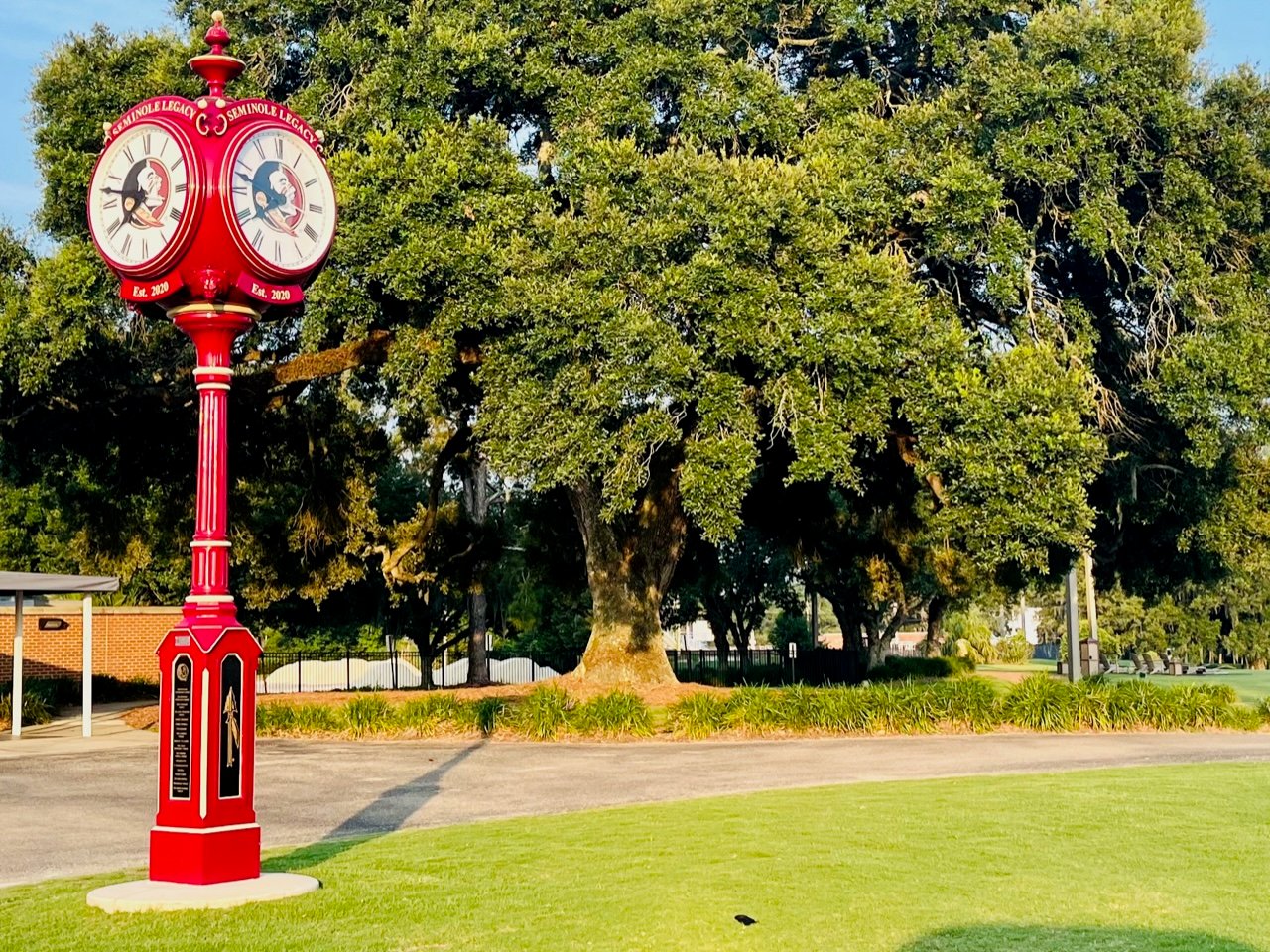In the dog-eat-dog world of professional sports such as the NFL and Premier League soccer, it’s not easy to find many tales of true sportsmanship. Players diving for penalties, stomping on heads and faking catches or injuries to steal an advantage is the norm. While in Formula One and NASCAR it’s not even unusual for teammates to take each other out for personal gain. Yes, the world of professional sport lacks sportsmanship.
Yet, despite the massive growth in the size of purses, golf remains above all that nonsense. From Jones to Hogan, Palmer to Nicklaus and Woods to McIlroy, through almost three centuries, golf has remained a gentlemen’s game.
Best Ryder Cup Story of All Time!
Considering the fierce competition of recent Ryder Cup matches, it is easy to forget that this biennial event was, until quite recently, a one-sided romp won by the USA time after time. Before Europe’s triumph at the Belfry in 1985, you had to go all the way to 1957 for the previous American defeat.
In the interim, the closest the USA came to losing was an epic battle fought on the lovely links at Royal Birkdale in September, 1969. Earlier that year, an Englishman had won the British Open for the first time in almost twenty years and so the Great Britain and Ireland team as it then was, wondered if they might end the 12-year drought.
More than 10,000 spectators crammed every sand dune and vantage point they could find around Birkdale’s 18th hole. The evening was gray and damp and the light was fading as the last pair reached the final tee. The result of the Ryder Cup was in the balance and rested squarely on the shoulders of these two men. One of them was the world’s greatest player participating in his first Ryder Cup. The other was the reigning British Open champion and his team’s big hope. The entire event was drawing to a dramatic climax. The winner of this final hole would secure victory.
For the first time in many years, the destination of the Ryder Cup hung in the balance. Great Britain and Ireland’s Tony Jacklin drove first. He had just holed a birdie putt on the 17th that he later described as, “One of the most important putts of my life.” It had enabled him to go all square with the great Jack Nicklaus. Both hit good tee shots down the short par five and strode down the red stone path toward the fairway. Jacklin was walking several yards ahead when Nicklaus called to him. Jacklin paused to allow Nicklaus to catch up.
“How do you feel, Tony?” asked Nicklaus.
“Bloody awful,” replied Jacklin.
“I thought you might,” said Nicklaus, “but if it’s any consolation to you, so do I.”
Their eyes met briefly in mutual understanding of the pressure of the moment and the expectations of their respective countrymen. Then they walked to their balls. Nicklaus played first, his ball coming to rest in the heart of the green some 30 feet from the flag. Jacklin responded with a bold shot over the left sand trap but his ball bounded to the back of the green, some 40 feet from the hole. The two men received huge ovations as they strode onto the green before the crowd fell into deathly silence. The supporters of both sides rubbed their eyes, gnawed on their knuckles and held their collective breath.
Jacklin’s putt for eagle was on line but came to rest on the damp turf some two feet short of the hole. Nicklaus putted boldly for the win, barely missing the hole but running some three or four feet past. The pressure was intense but Nicklaus, taking his time as usual, hunched over the ball in his familiar style and stroked it into the dead center of the cup. Jacklin now faced the longest two-foot putt of his life. If he made it, the whole match was tied. If he missed, he would be blamed for yet another defeat and would doubtless be crucified by the British sporting press, ever ready to turn on yesterday’s hero. Jacklin stepped towards his ball marker but, before he could replace the ball, Nicklaus bent down and picked the marker up thus conceding the tying putt. As he extended his hand he said, “Tony, I’m sure you would have made it…but I wasn’t prepared to see you miss it.”
Their match was halved, the Ryder Cup was tied and the USA retainedthe trophy. This fine gesture was typical of Nicklaus and demonstrated the highest qualities of sportsmanship and class we expect of all TRULY great champions.
There have been countless other examples before and after such as:
* Faldo consoling Greg Norman at the Masters after the latter’s catastrophic meltdown.
* Players calling penalties on themselves for infractions not even the TV cameras and vigilante viewers could have seen.
* The great golf writer Herbert Warren Wind described the scrupulous honesty of the legendary Bobby Jones.
“Almost invariably, when the subject of Jones’s sportsmanship comes up,” wrote Wind, “someone will mention how he twice called penalty strokes on himself in our Open — once in the second round of the 1925 championship at the Worcester Country Club when, after he had addressed the ball, it moved slightly in high grass as he was preparing to play a recovery from the rough on the 11th hole, and once in the second round the next year, at Scioto, in Columbus, Ohio, when his ball moved the tiniest fraction as he was addressing it with his putter on the 15th green. Both times, no one else saw his ball move.” In 1925 he lost in a play off but won the following year!
In the game of golf, sportsmanship is the norm not the exception andthat can only be a good thing for all involved. I think the essence is summed up by Jones himself who after reading praise for his action in the press for calling a plenty on himself said: “You might just as well praise me for not robbing a bank!”



 0
0










